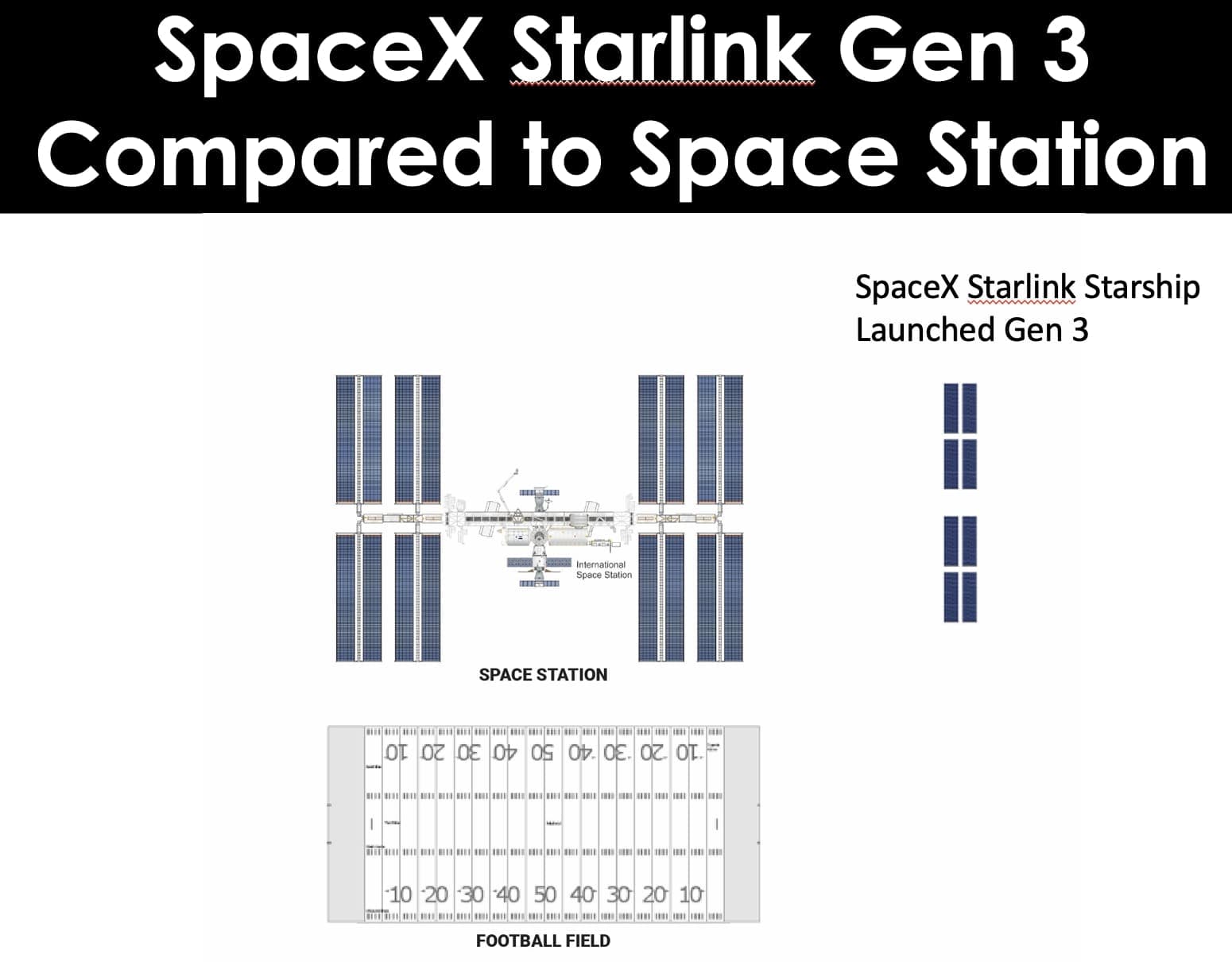SpaceX to Establish Decentralized Space Data Centers with Scaled-Up Starlink V3 Satellites

SpaceX is set to revolutionize cloud computing by transforming its next-generation Starlink V3 satellites into a decentralized space data center network, utilizing advanced laser inter-satellite links. This ambitious plan, confirmed by CEO Elon Musk, aims to leverage existing technology to address the escalating global demand for computing power, particularly for artificial intelligence workloads.
The initiative centers on scaling up the Starlink V3 satellites, which are designed with high-speed laser links. According to a tweet from ApoStructura, "SpaceX will be clustering scaled up V3 Starlinks together using laser links to form a decentralized space data center!" The tweet further emphasized the efficiency of this approach, stating, "That will be much easier than physically assembling data centers in space, and they already have the tech."
Elon Musk himself corroborated this vision on social media, stating, "Simply scaling up Starlink V3 satellites, which have high-speed laser links, would work. SpaceX will be doing this." These V3 satellites are significantly larger and heavier than their predecessors, with an expected mass of up to 1,500-2,000 kg, and are projected to offer a tenfold increase in capacity, reaching 1 terabit per second.
The deployment of these orbital data centers could begin as early as the first half of 2026, coinciding with the launch of V3 satellites aboard SpaceX's Starship vehicle. This move positions SpaceX at the forefront of a burgeoning space-based computing industry, with other tech leaders like Amazon's Jeff Bezos and former Google CEO Eric Schmidt also expressing interest in orbital data solutions. Proponents highlight benefits such as limitless solar power, reduced environmental impact compared to terrestrial data centers, and the ability to process data closer to the source for certain applications.
Each Starlink satellite already incorporates three optical inter-satellite lasers capable of transmitting data at up to 200 Gbps, forming a robust mesh network in space. This existing infrastructure provides a critical foundation for the proposed data centers, enabling high-speed connectivity and data routing between orbiting computing nodes. While challenges remain, including regulatory considerations, managing space debris, and ensuring long-term reliability, SpaceX's established satellite infrastructure and launch capabilities offer a unique advantage in realizing this futuristic vision.